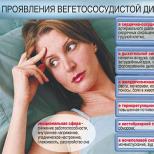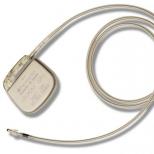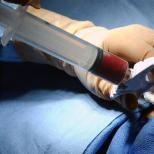Pulse: the norm during physical exertion by age
The pulse of a person depends on age, the work of the heart muscle and the degree of physical activity. While exercising, you need to monitor your heart rate. Deviations from the norm indicate a malfunction in the body. Therefore, you should monitor the heart rate during physical exertion.
Pulse zone
The number of heartbeats in a minute is called the pulse. Experts determine from a state of rest to the maximum load of the body. When playing sports, information about the zones is useful. With a heart rate in one zone, a person loses weight, in another increases endurance or may get a heart attack. The boundaries of the zones are determined by special laboratory tests that athletes undergo, but approximate indicators can also be calculated at home.
The maximum allowable heartbeat is calculated by the formula Pmax = 220 - age. Depending on the larger indicator, the remaining zones are calculated as follows:

Pulse rate
If the pulse rate is in the range of 60-80 beats per minute, then they say that the heart rate is within the normal range. The increase and decrease in the number of strokes may depend on the activity of the person. The normal heart rate during exercise reaches 100 beats per minute. This is not dangerous if the heartbeat quickly recovered. Causes that cause an increase or decrease in the pulse:
- sports training, cardio load increase heart muscle contractions;
- in athletes, the heart beats more slowly in a calm state than in an ordinary person;
- during sleep and in the supine position, the frequency of contractions is lower;
- increased heart rate occurs with fear, joy, a stressful situation;
- changes occur during the day, in the morning the rhythm is less than in the evening;
- with an increase in body temperature to 37 ° C or in a hot environment, the heart works faster;
- with age, the frequency of strokes decreases;
- hormonal changes affect the contraction of the heart muscle.
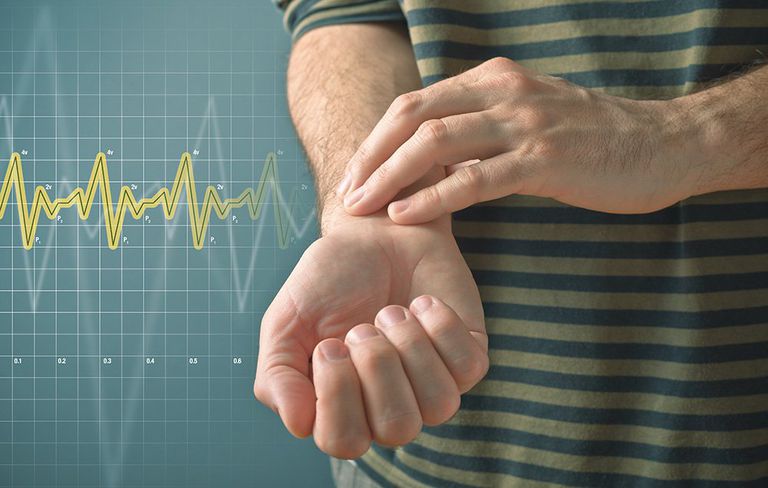
Pulse and age
Contraction of the heart muscle is an indicator of human health. The heartbeat is determined in a child inside the mother. With the help of ultrasound, the heart rate is determined from the first weeks of fetal life. Depending on age and size, these rates can vary from 75 to 150 beats per minute.
A decrease in indicators indicates an oxygen deficiency and may have a negative effect on the fetus.
In newborns, the pulse remains high and decreases with age. At the same time, physical activity in a child causes a greater increase in heart rate than in an adult. This is due to the rapid growth of the body and the smaller size of the heart. in a calm state, the following: newborns 110-170 beats, as they grow older, the pulse decreases every year. By the age of 15, it reaches the pulse of an adult - 60-80 beats. After 60 years, the heart rate increases again and reaches 90 beats.
For each age there is a range of heart rate when playing sports. It is not recommended to bring to the maximum values. Permissible heart rate during exercise should be from 50 to 80% of the maximum heart rate. That is why it is so important to monitor your pulse. Norm by age during physical activity:
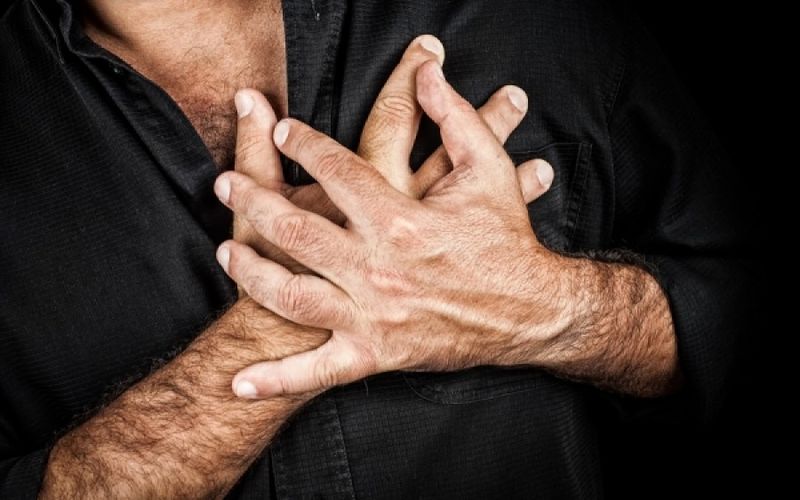
Change in heart rate during exercise
When exercising, the heart rate increases and the body requires additional energy. To obtain it, it is necessary to deliver oxygen to all tissues. It does this by increasing circulation, heart rate, and blood pressure.
The rate of heart rate during physical exertion, as a rule, increases. But sometimes there are situations in which the heart rate becomes less frequent and bradycardia appears. The symptom occurs in athletes or people who have a malfunction in the cardiovascular system.
After exercise indicates sinus arrhythmia. The heartbeat is within the normal range or accelerated. This is not a pathology and usually does not require the abolition of physical activity.
The pulse rate during physical exertion in men differs from the norm for women. The heartbeat during the day depends on the degree of activity of the man. The degree of fitness of a man has a special effect on the heart rate. For athletes, the norm will be 20-30% lower than for untrained people.

The pulse at rest in a man is 60-80 beats per minute. At the same time, at least 20-40 minutes should pass after the last workout. The time will depend on the degree of stress on the man.
With active walking, the heart rate is up to 90 beats per minute. In men who are overweight and lack daily walks, the frequency reaches 120 strokes.
To calculate the maximum heart rate, a man should use the formula Pmax \u003d 220 - age. To maintain health and physical activity, it is necessary to train with a heart rate in the range of 60-80% of the maximum number of contractions.
A man's heart rate reaches its lowest at night during sleep. But it is worth noting that the heart rate depends on the activity of the brain and during the REM phase it can increase.
Pulse in women
The pulse rate in women in childhood, adolescence and in an adult is different. The heart rate in women depends on the following factors:
- hormonal changes in the body;
- weight gain;
- pregnancy;
- menopause;
- menstrual cycle;
- binge eating;
- diets;
- strong coffee or tea;
- smoking;
- alcohol;
- fear, joy and other emotions.
The pulse rate in women during physical exertion depends on age. At the age of 20, the heart rate reaches 110-150 beats per minute during sports. At 30-40 years old, this figure decreases and reaches 105-140. Normally, heart beats should recover within 20 minutes. When training aimed at endurance, the time increases to 40 minutes.
During pregnancy, the heart beat speeds up to supply oxygen to both mother and baby. In a calm state in the first trimester, the heart rate is 75-90 beats per minute. In the third trimester already 90-110. The pulse drops to normal levels 1.5-2 months after birth.
The pulse after exercise (the norm during pregnancy) reaches 130-150 beats per minute. The increase occurs with fast walking, climbing stairs, emotions.
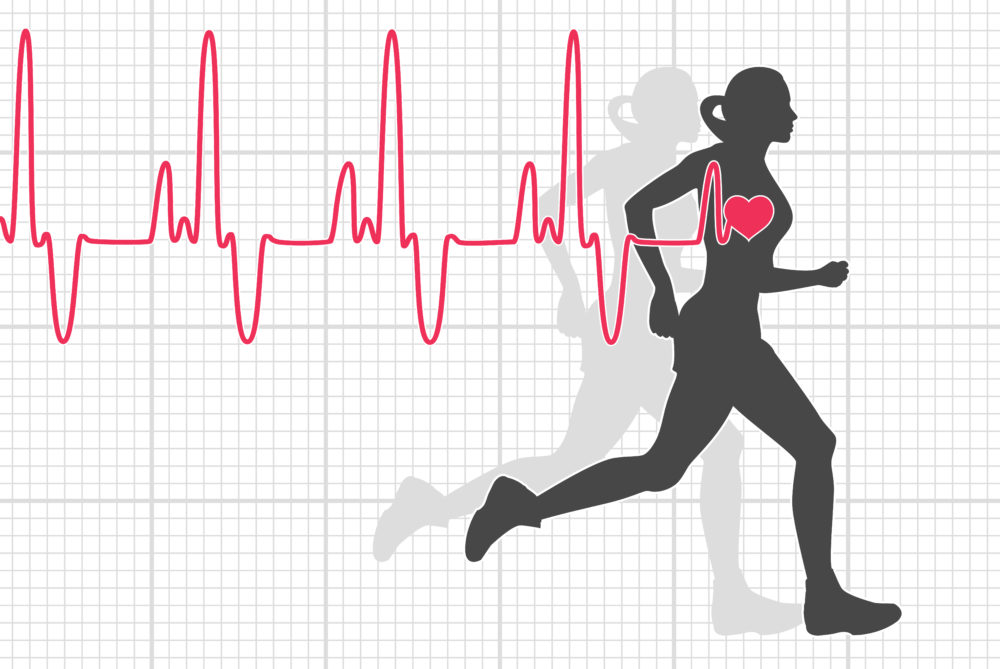
How to measure the pulse?
To measure the pulse at home, you need to find the points where it is best felt. To do this, put a hand on the arteries:
- sleepy;
- temporal;
- ray;
- brachial;
- popliteal;
- femoral;
- brachial.
The most popular way to determine heart rate is by measuring the radial artery, which is located on the wrist. To do this, you need to put three fingers on the radial artery, feel the pulsation and use a stopwatch to determine the number of beats per minute. For daily control, measurement is carried out under equal conditions. To determine the rate of heart rate during physical exertion, the measurement is taken at the end of the workout and after 20 minutes.
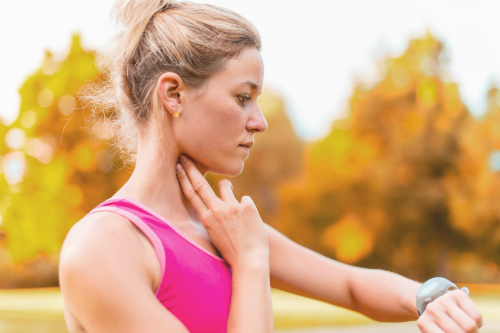
Cause of increased heart rate
With an increase in heart rate, the following symptoms may appear: confusion, fainting, dizziness, nausea, vomiting, blurred vision, increased sweating, tremor. In this case, the help of a doctor is required. There may be several reasons for this condition:
- cardiovascular diseases;
- oncology;
- poisoning;
- hormonal disorders;
- failure of the CNS.
Such symptoms should not appear even after exercise. Within 20 minutes, the pulse should recover after exercise. The norm is its alignment within 40 minutes.
Deviation of the heart rate from the norm should alert and become a reason to see a doctor. In case of failure in cardiac activity, it is necessary for a person to ensure peace, unbutton his shirt collar, wash with cold water and take a deep breath. An infusion of valerian or motherwort will help to reduce the pulse. After an attack, you should visit a cardiologist.


